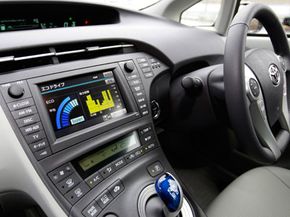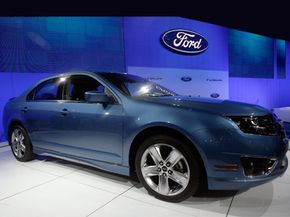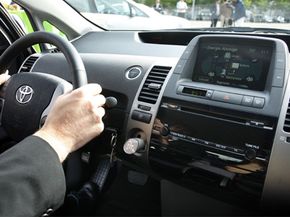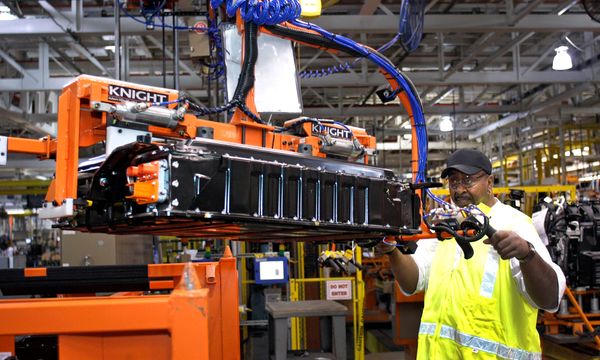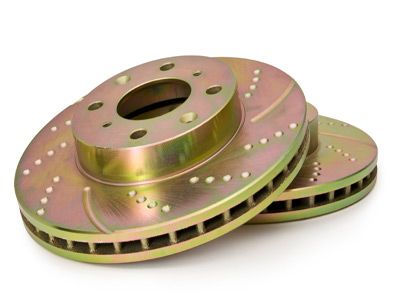Lately, it seems we're getting the same message from all sides: It's important for everyone to save energy. When it comes to our cars and trucks that means using less fuel. We know that using less gas helps clear the air, maintain the country's fuel supply and save a lot of money at the pump. But the problem is, sometimes it seems like the only steps you can really take to save on fuel are big steps, like buying a hybrid car, or trading in your gas-guzzling SUV for a gas-sipping compact car.
Of course, while those monumental steps promise big savings at the pump, they can also cost a lot up front, or mean a significant change in lifestyle. What a lot of people don't realize, however, is that simple changes in driving habits can drastically increase the fuel economy of the car they already own. Going easy on the accelerator, avoiding hard or sudden stops and other simple changes in driving behaviors can lead to fuel economy gains that quickly add up.
Advertisement
But how can you tell which driving maneuvers really help you save gas? The best way is with an instant miles per gallon (MPG) readout. An instant mpg readout, which is sometimes also called an instant fuel consumption display or instant fuel economy gauge, is a feature that lets you know how many miles per gallons your car or truck is getting right at that very moment. While many cars have fuel economy gauges that display the average fuel economy over time, instant mpg readout lets drivers see exactly how much gas stomping on the accelerator pedal actually burns.
Instant mpg readouts and other instant fuel economy displays have been a part of the green driving movement for some time. They're a popular tool among hypermilers -- drivers who constantly strive to get the most miles per gallon possible from their cars -- and many hybrid cars have an instant mpg display as standard equipment. Now, however, these handy little displays are going mainstream. Many automakers are offering them as standard equipment on new cars, and there are lots of aftermarket options available.
So, how does an instant fuel economy display work, anyway? Is there a way that you can install one if your car doesn't have one already? And maybe the most important question: How can you use instant mpg readout to save gas and money? Keep reading to find out.
Advertisement

